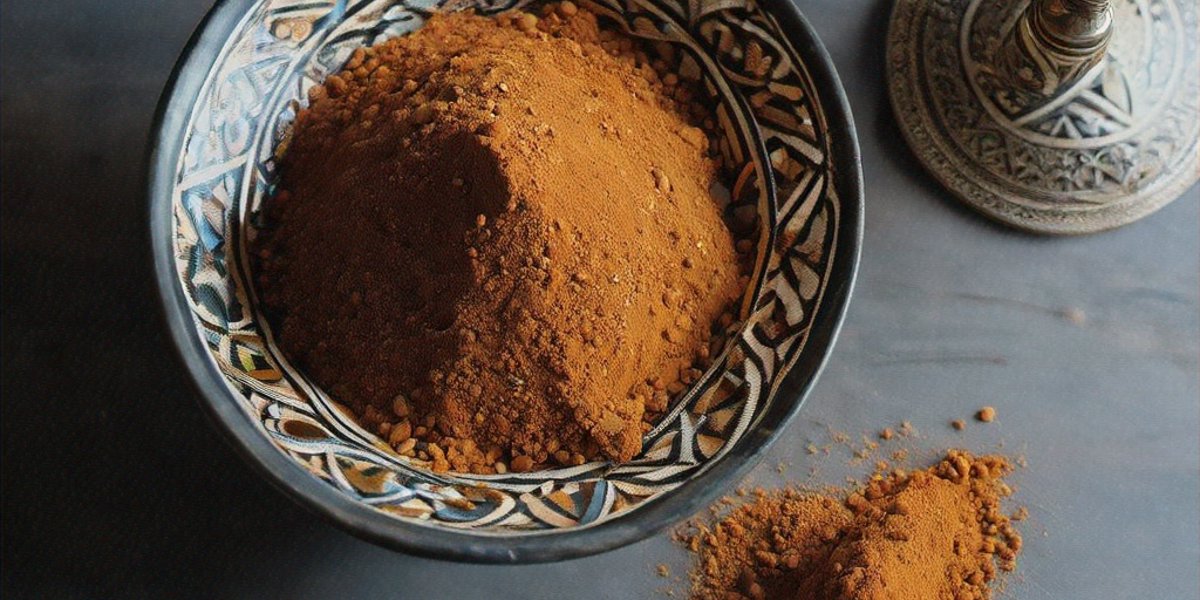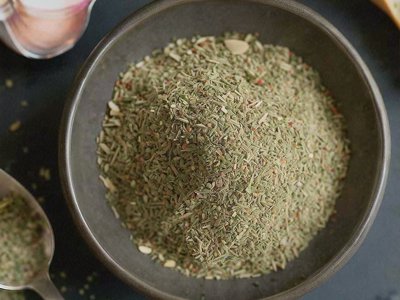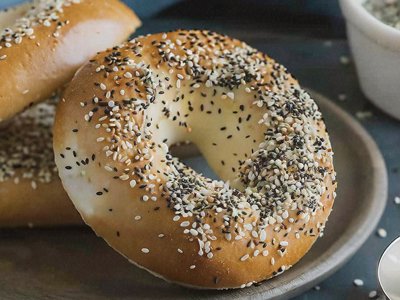Berbere
Berbere is the heart and soul of Ethiopian cooking, a complex spice blend that brings the vibrant flavors of East Africa to life. This fiery mixture combines the heat of African chilies with warm, aromatic spices, creating a flavor profile that's both bold and sophisticated.
The Blend
Chili Foundation:
- 4 tablespoons ground African bird's eye chilies (the traditional heat source)
- 2 tablespoons ground paprika (adds color and mild sweetness)
- 1 tablespoon ground cayenne (adjusts heat level)
Warm Spices:
- 2 tablespoons ground cumin (provides earthy, nutty base)
- 2 tablespoons ground coriander (adds citrus brightness)
- 1 tablespoon ground fenugreek (distinctive maple-like sweetness)
- 1 tablespoon ground allspice (complex, peppery notes)
Aromatic Elements:
- 1 tablespoon ground ginger (adds warmth and digestive benefits)
- 1 teaspoon ground cardamom (floral complexity)
- 1 teaspoon ground cinnamon (subtle sweetness)
- 1/2 teaspoon ground cloves (use sparingly - very potent)
Optional Enhancements:
- 1/2 teaspoon ground nutmeg (for additional warmth)
- 1/2 teaspoon ground black pepper (enhances other spices)
- 1/4 teaspoon ground turmeric (adds depth and color)
The Chili Philosophy
Traditional berbere uses African bird's eye chilies, which have a distinctive fruity heat that's different from Mexican or Asian chilies. These chilies are often sun-dried and smoked, adding layers of complexity to the blend.
If African chilies aren't available, use a combination of cayenne and paprika, but the flavor won't be quite the same. The heat should be assertive but not overwhelming - berbere is meant to be used generously in cooking.
Fenugreek's Role
Fenugreek is what makes berbere truly distinctive. This seed has a unique maple-like sweetness that balances the heat of the chilies and adds complexity to the blend. It's also a key ingredient in many Ethiopian dishes.
Look for fresh, aromatic fenugreek seeds. Old or stale fenugreek can taste bitter and unpleasant. The seeds should be ground just before mixing for maximum flavor.
Regional Variations
Addis Ababa Style: Often includes more cardamom and cinnamon, lighter on heat Harar Style: Heavier on chilies and fenugreek, more intense heat Gondar Style: May include more allspice and cloves for complexity Tigray Style: Often includes dried garlic and sometimes dried onions
Storage and Freshness
Store in an airtight container away from heat and light. The chilies will maintain their heat longer than the other spices, but the blend is best used within 3-4 months. For maximum freshness, make smaller batches more frequently.
Traditional Applications
Doro Wat: The classic Ethiopian chicken stew - berbere is essential Misir Wat: Red lentil stew that showcases the blend's complexity Tibs: Sautéed meat dishes where berbere adds depth Shiro: Ground chickpea stew that relies on berbere for flavor
Modern Uses
Grilled Meats: Creates a flavorful crust on beef, lamb, and chicken Roasted Vegetables: Especially root vegetables and eggplant Eggs: Adds complexity to scrambled eggs and omelets Popcorn: A sophisticated alternative to traditional seasonings
Heat Management
Mild Berbere: Reduce chilies to 2 tablespoons, increase paprika Medium Berbere: Standard recipe (recommended for most uses) Hot Berbere: Increase chilies to 6 tablespoons, add extra cayenne Extra Hot Berbere: Use only African bird's eye chilies, no paprika
Technique Notes
When using berbere in cooking, add it early in the process to allow the spices to bloom in oil or fat. This releases their essential oils and creates a more complex flavor profile.
For dry rubs, apply generously and let the meat rest for at least 30 minutes before cooking. The spices will penetrate the meat and create a flavorful crust.
Pairing Considerations
Berbere works beautifully with:
- Clarified butter (niter kibbeh - traditional Ethiopian cooking fat)
- Onions and garlic (the foundation of many Ethiopian dishes)
- Tomatoes (adds acidity and sweetness)
- Fresh herbs like cilantro and parsley
- Injera (the traditional sourdough flatbread)
Beyond Ethiopian Cuisine
While berbere is synonymous with Ethiopian cooking, it's excellent in:
- Mexican dishes (adds complexity to chili and mole)
- Indian curries (provides different heat profile)
- Caribbean cooking (works well with tropical ingredients)
- American barbecue (adds international flair to rubs)
This blend represents the soul of Ethiopian hospitality - bold, welcoming, and designed to make every meal a celebration of flavor and community.



